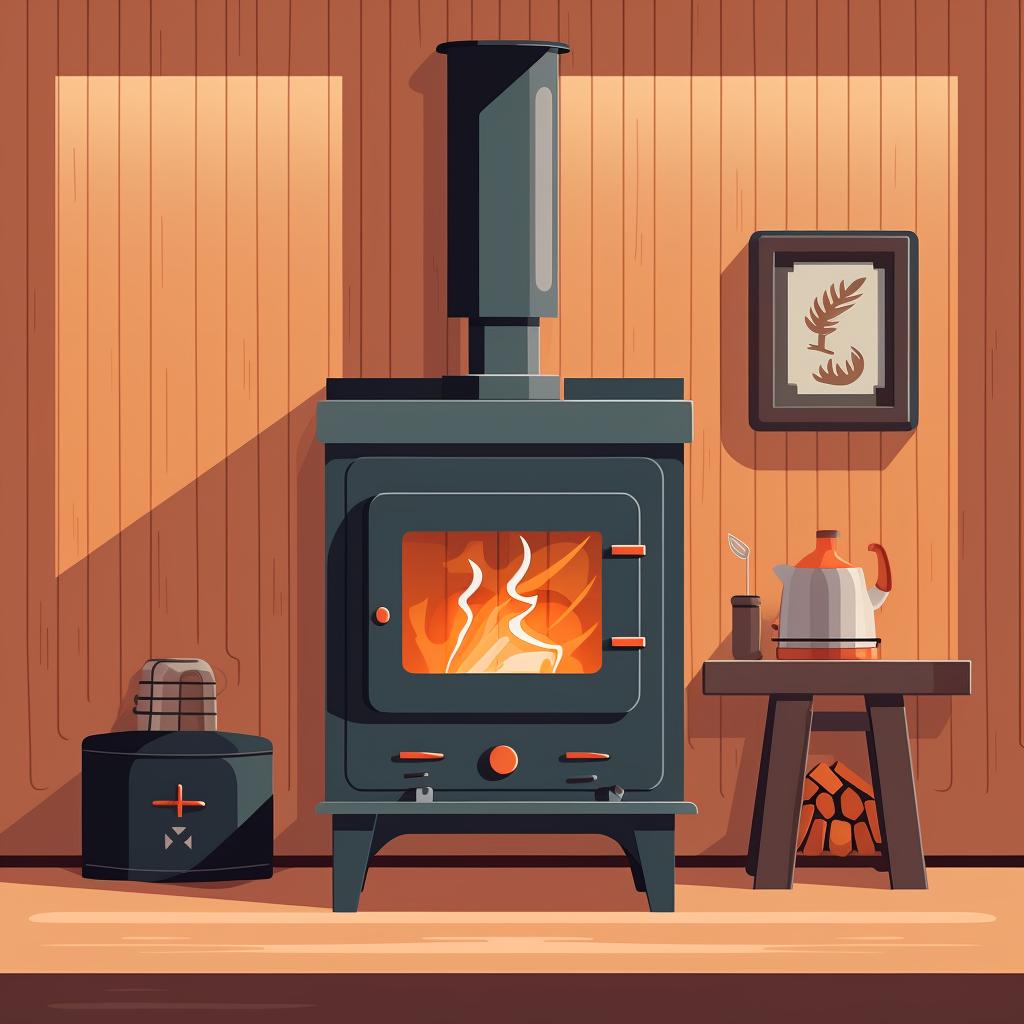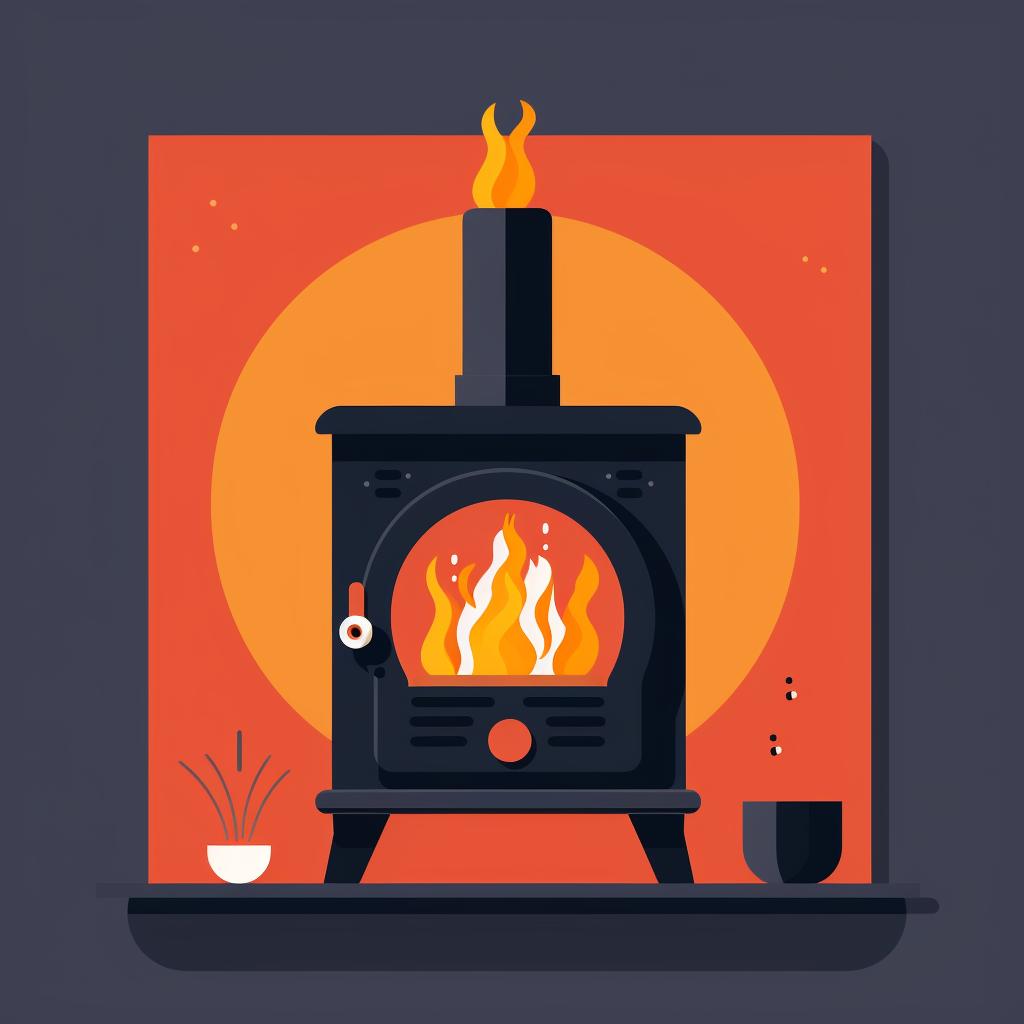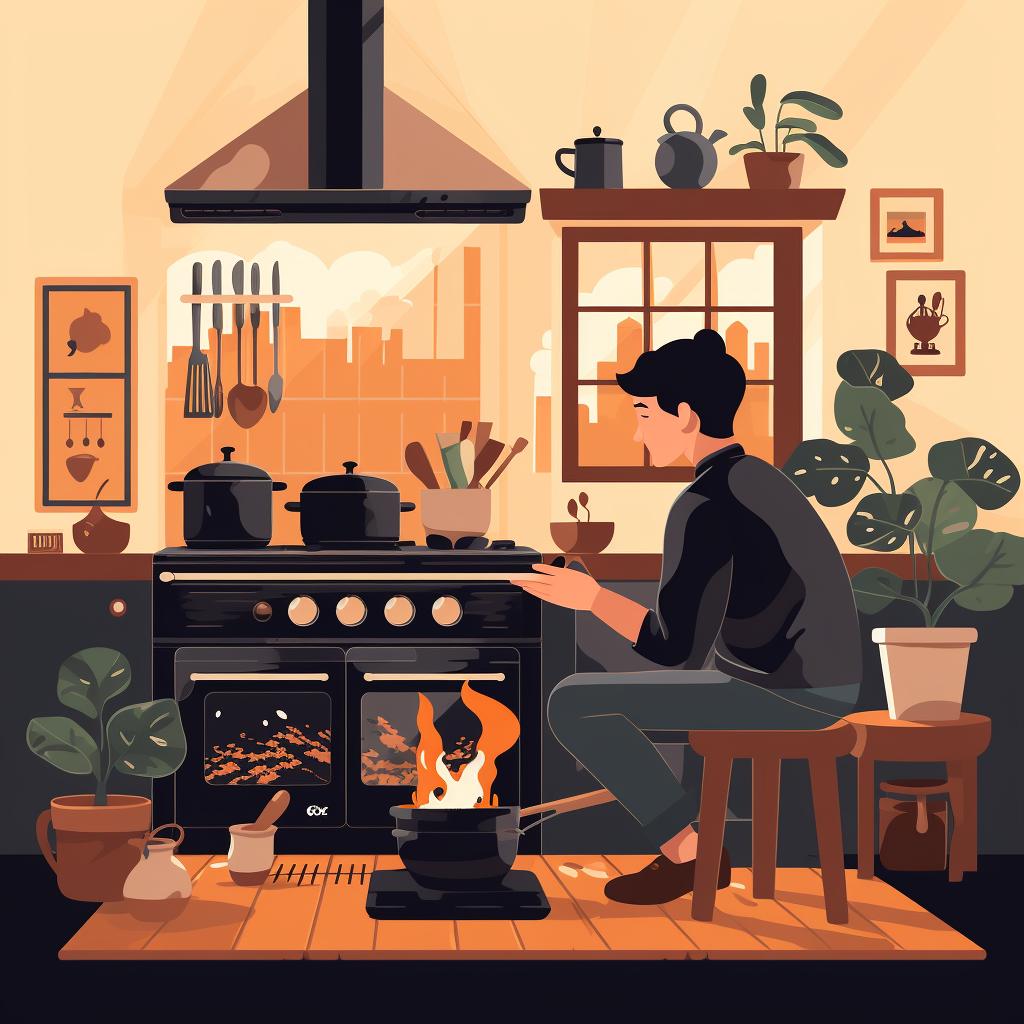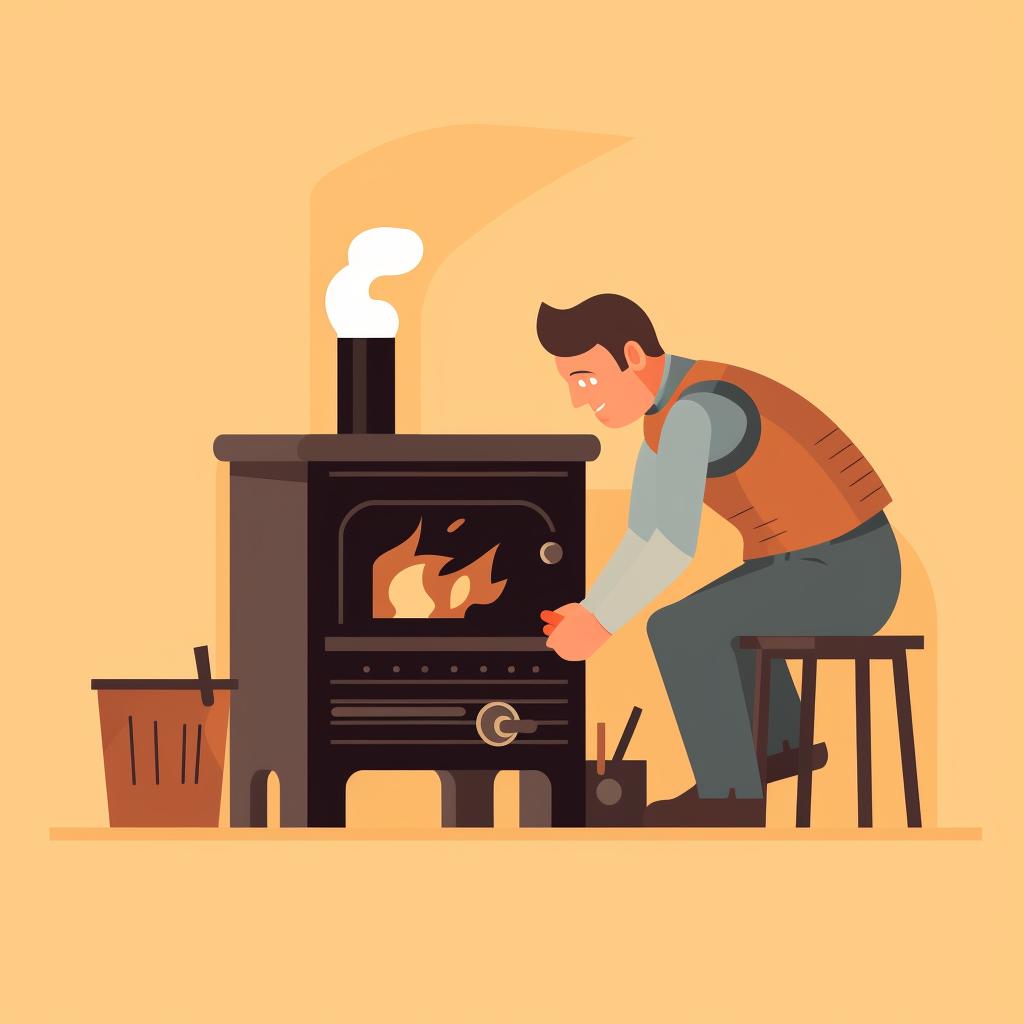🔥 Mastering Your Wood-Burning Stove: A Step-by-Step Guide
Embarking on an outdoor adventure is an exciting endeavor, but it's also one that requires practical knowledge and skills, especially when it comes to cooking. One of the most versatile and eco-friendly options is the wood-burning stove, a compact and lightweight tool that can turn your campsite into a gourmet kitchen. As you've seen in our step-by-step guide, mastering your wood-burning stove is a process that involves several key stages, from gathering the right kind of wood to cleaning and maintenance.
Wood-burning stoves offer an authentic way to cook outdoors, but they do require a bit of practice. The type of wood you use, for example, can greatly affect your cooking experience. Hardwoods like oak or hickory are ideal because they burn longer and produce more heat. If you're interested in more tips on how to optimize your outdoor cooking, check out our article on backpacking stove cooking tips.
Setting up your stove correctly is another crucial step. Safety should always be your top priority, so make sure your stove is stable and away from flammable objects. If you're looking for more information on how to set up your stove safely and efficiently, our guide on cooking over a backpacking mini wood stove can provide valuable insights.
Lighting the fire and cooking with your stove can be a rewarding experience, especially when you get to enjoy a hot meal in the great outdoors. However, remember that maintaining your stove is just as important. Regular cleaning and maintenance will ensure your stove lasts longer and performs better. For more detailed information on this topic, you might find our article on mastering multi-fuel backpacking stoves helpful.
Whether you're a seasoned camper or a novice backpacker, a wood-burning stove can be a valuable addition to your outdoor gear. Not only is it a sustainable cooking option, but it also adds a touch of adventure to your meals. So, why not explore our top picks for portable camping stoves and start planning your next outdoor cooking adventure?












